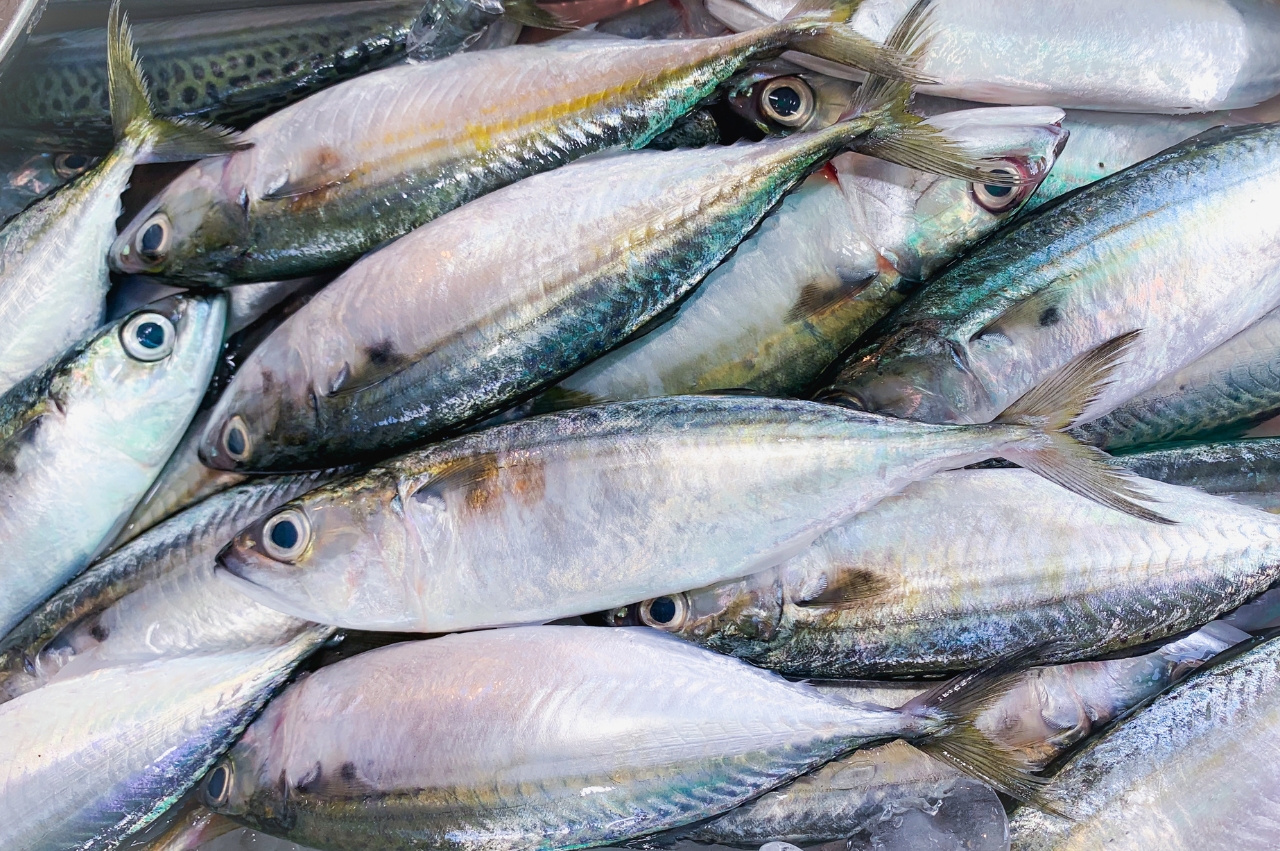The volume of fish import trade into Saudi Arabia reached 469 million Saudi Riyals in recent statistics. Norway, Yemen, and Oman topped the list of exporting countries to the Kingdom, while the Kingdom imports from other distant areas such as Southeast Asia, including Burma and Vietnam, in addition to Canada and Russia. The import rate has increased by 23% over 4 years due to continuous and high demand for seafood products, with mackerel, cobia, and salmon topping the list of imported species.
The import map shows the vast distances over which fragile fish and seafood are transported via air freight, which necessitates being aware of the updates and improvements in the field of fish packaging, and ensuring that the shipment is not held up at airport customs, thus delaying its receipt, which leads to a decrease in the quality of the products and consequently a decrease in their prices.
In this article, we aim to educate you about the standards you should consider when choosing a supplier for your next shipment, so that you can evaluate their efficiency in supplying and their care for the shipment until the moment it is delivered to the departure airport.
1. Selecting only fish and seafood that are in excellent condition for shipping.
2. Safe handling of fish during manual packaging. For example, workers wearing rough gloves can cause physical damage to the fish, leading to bacterial growth.
3. Considering the characteristics of each type of fish during packaging. For example, with boneless flatfish, overpacking should be avoided as it leads to fish compression, so it is important to pack them in small boxes.
4. Cooling fresh fish to 0 degrees Celsius before packaging, using ice or brine solutions, in addition to pre-cooling packaging materials to ensure low temperature, while speeding up the packaging process before the cooling temperature drops.
5. Using packaging materials on board that can withstand rough handling, leakage, vibration, shocks, stacking, and changes in temperature and atmospheric pressure. Absorbent materials should also be used for types that are likely to leak liquids, so that this material helps to dispose of leaked liquid droplets immediately so that they do not become a suitable environment for bacterial growth and odor spread. The outer packaging materials should also be multi-layer cardboard or wax fiber boxes, and packaged fish should be tied at least twice for added strength, and packed in double bags with a minimum thickness of 4 mm.
6. Using insulating materials that slow down heat penetration into the package and thus help maintain a low temperature for the products, such as polystyrene, urethane, paper, and fiberboard. The insulating materials should ensure product insulation for at least 24 hours that it will spend outside refrigeration during travel.
7. Using sufficient cooling liquids to ensure that the products can be left without refrigeration for 72 hours, such as wet ice, dry ice, and gel packs, provided that these liquids are placed along the bottom and top of the container to absorb heat from the outside and create a counter-current of air, where cold air descends to the bottom of the carton and warm air rises, which in turn cools as it rises and then descends again, thus maintaining the product temperature. The size of the product transported via air freight should also be considered, and care should be taken to avoid direct contact between the cooling liquid and the products to prevent excessive cooling.
8. Choosing a reputable shipping company with experience in air freight of fish and seafood, so that it is aware of the import rules and regulations in the Kingdom, air packaging requirements, and the issuance of all necessary documents.
9. Choosing the most direct and fastest possible flight, and using refrigerated containers to slow down bacterial growth and reduce the possibility of fish being exposed to bacterial contamination.
10. Sending copies of all documents to the importer before the shipment arrives at the Kingdom’s airport, including the commercial invoice which includes the number of boxes shipped, the weight of the shipment, and the type of product, in addition to the health inspection certificate issued by the competent authority in the country of origin, which includes the standards imposed by the Kingdom, such as the permissible level of mercury, the number of bacteria, and chemical pollutants.
11. If the imported fish are live, sufficient oxygen should be provided to allow the fish to survive for 48 hours from the time they arrive at the departure airport, while reducing the quantity of fish per box to be compatible with the warm climate of the Kingdom.
12.Place a clear label on each shipping box, including contents and handling instructions, for example, “Fresh Seafood – Perishable,” in addition to air freight method instructions, such as a “Do not freeze” label, as some products are damaged when placed in the freezer instead of the refrigerator.
Why do you need a customs clearance company when importing fish?
Directly completing the customs clearance process when using the air freight method saves the costs of resorting to a professional customs broker, but it requires investing more time and effort, paying attention to every detail, continuous follow-up, in addition to communicating with all parties and coordinating between them.
Therefore, the return on investment from a customs broker will be higher because they bear all these burdens for you so that you can focus on planning your deals and expanding your trade. Use a border support company for customs clearance specializing in time-sensitive products such as fish, which with its deep expertise in the field, guarantees you the clearance of fish and seafood products from customs and the completion of the necessary documents without delay


